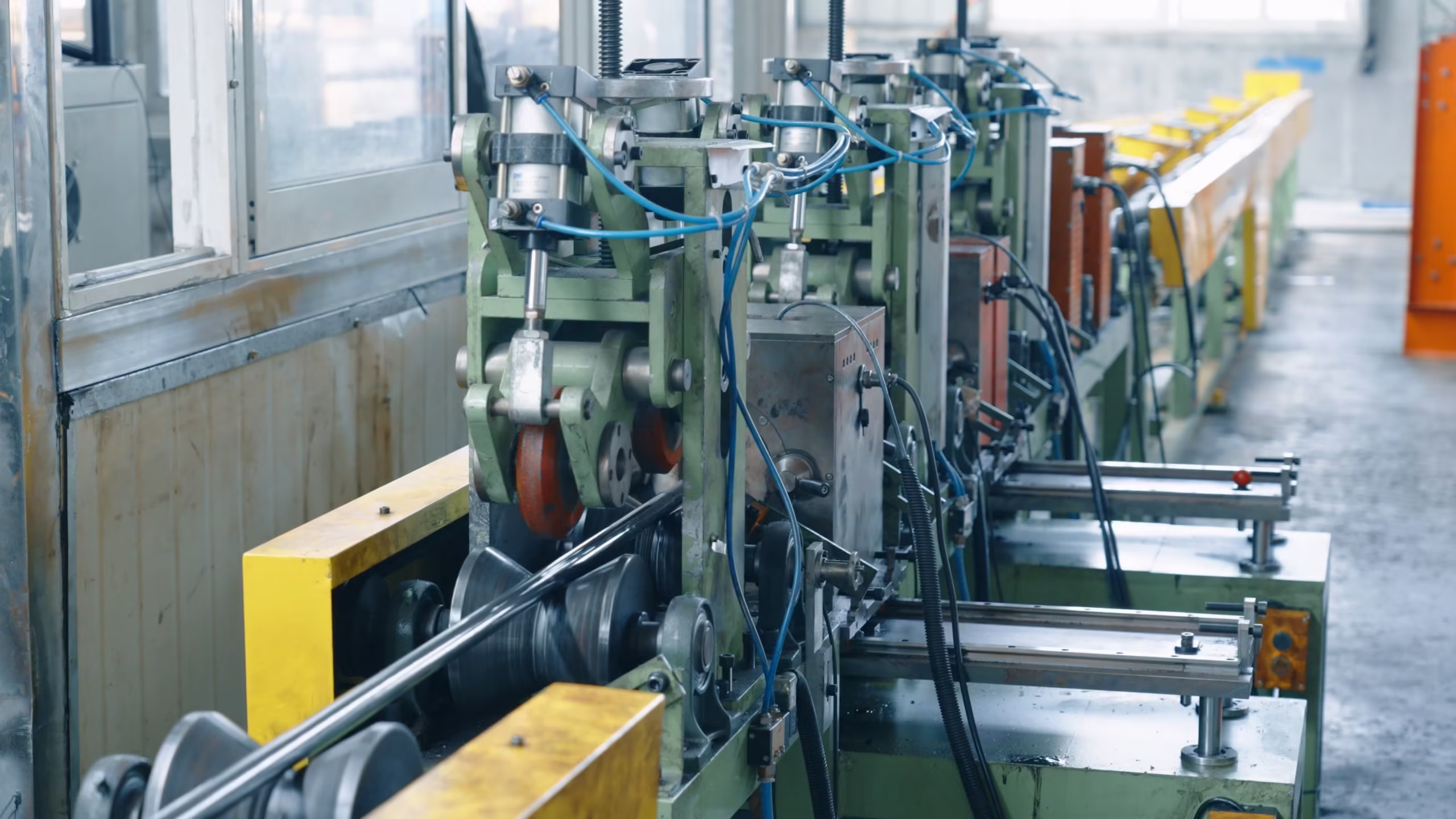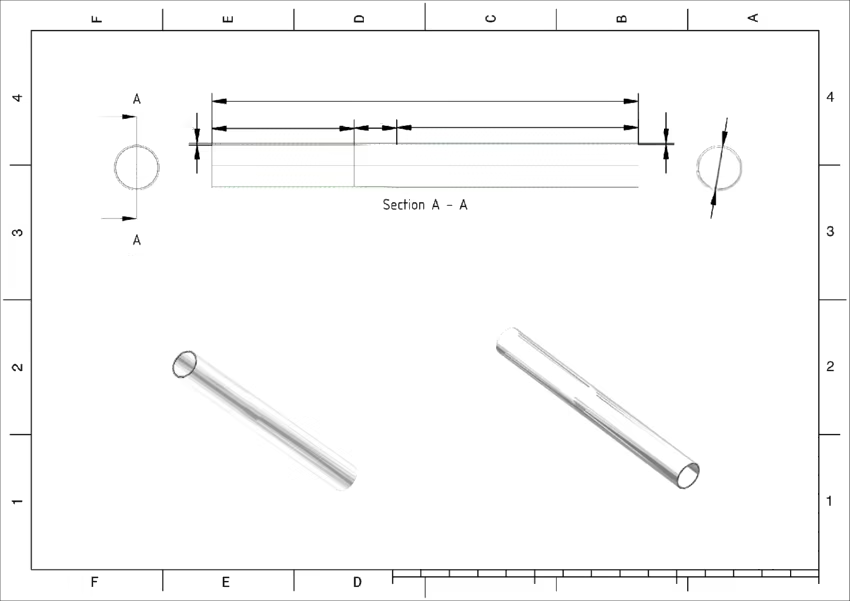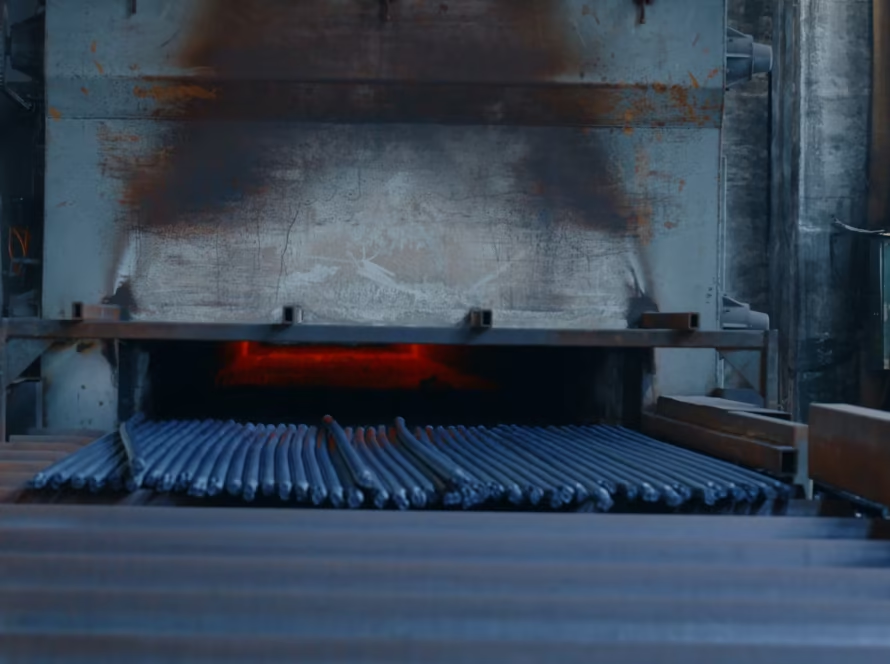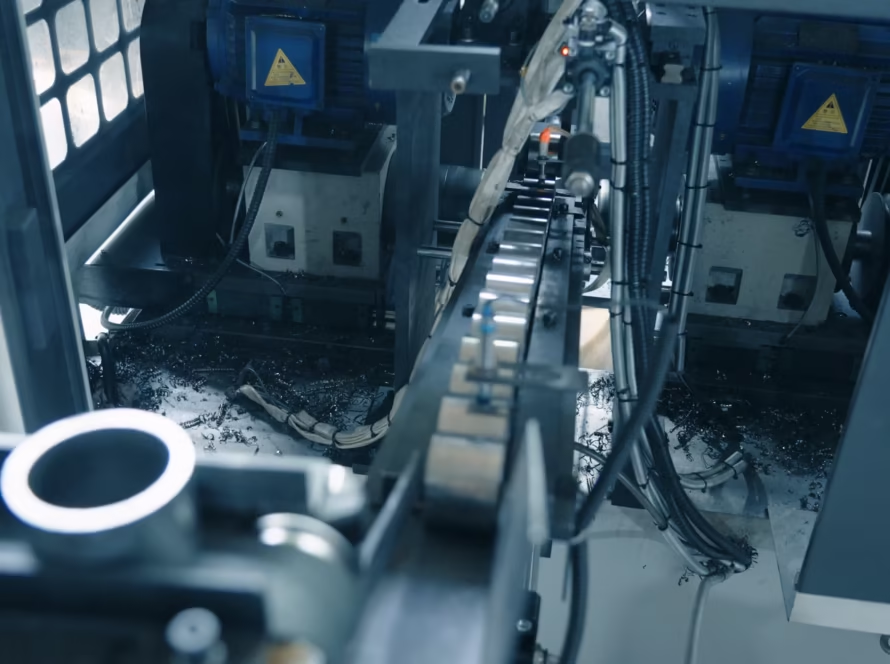Steel Pipe Testing
Steel pipe testing is a critical process in ensuring the quality, safety, and reliability of pipes used in various industries, including construction, oil and gas, and water supply. The testing process involves a combination of workshop inspections and laboratory analyses to assess the physical and chemical properties of the pipes. This article explores the methods used in steel pipe testing and the standards that guide these processes.
How Do You Inspect Steel Pipes?
1. What are the common workshop inspection methods for steel pipes?
Workshop inspections are essential for detecting surface and subsurface defects in steel pipes. Common methods include:
-
Ultrasonic Testing (UT): This non-destructive testing method uses high-frequency sound waves to detect internal flaws or discontinuities. It is effective for identifying cracks, voids, and inclusions within the pipe material.
-
Eddy Current Testing (ECT): This technique uses electromagnetic induction to detect surface and near-surface defects. It is particularly useful for identifying corrosion, pitting, and other surface irregularities.
-
Hydrostatic Testing: This involves filling the pipe with water and pressurizing it to check for leaks and ensure the pipe can withstand its intended pressure. It is a critical test for verifying the structural integrity of the pipe.
2. What are the physical and chemical laboratory inspection methods for steel pipes?
Laboratory inspections focus on analyzing the material properties of steel pipes. Key methods include:
-
Metallographic Analysis: This involves examining the microstructure of the steel to assess grain size, phase distribution, and the presence of any inclusions or defects. It provides insights into the material’s mechanical properties and potential performance.
-
Spectroscopy: This technique is used to determine the chemical composition of the steel. It helps ensure that the material meets the required specifications and standards for its intended application.
-
Tensile Testing: This mechanical test measures the strength and ductility of the steel by applying a uniaxial force until the sample breaks. It provides critical data on the material’s yield strength, ultimate tensile strength, and elongation.
3. What is the standard for pipe testing?
Several standards guide the testing of steel pipes to ensure consistency and reliability. Some of the most widely recognized standards include:
-
ASTM (American Society for Testing and Materials): ASTM standards provide guidelines for various testing methods, including ultrasonic and tensile testing, ensuring that pipes meet specific mechanical and chemical requirements.
-
API (American Petroleum Institute): API standards are crucial for pipes used in the oil and gas industry, covering aspects such as material properties, testing procedures, and quality assurance.
-
ISO (International Organization for Standardization): ISO standards offer a global framework for pipe testing, promoting international trade and ensuring that products meet high-quality benchmarks.
Conclusion
Steel pipe testing is a comprehensive process that involves both workshop and laboratory inspections to ensure the quality and safety of the pipes. Workshop methods like ultrasonic and eddy current testing are essential for detecting defects, while laboratory analyses such as metallographic and tensile testing provide insights into the material’s properties. Adhering to standards like ASTM, API, and ISO ensures that steel pipes meet the necessary requirements for their intended applications, ultimately safeguarding infrastructure and operations across various industries.







